Last Updated
Multiple sightings, and unfortunately tourists being stung by the famous Portuguese man o’ war jellyfish have been reported in the last couple of days. This has prompted local authorities to put up white flags in certain Los Cabos beaches. The white flags indicate the potential presence of these animals in the water. When they are present it’s typically ideal to avoid going in the water altogether.
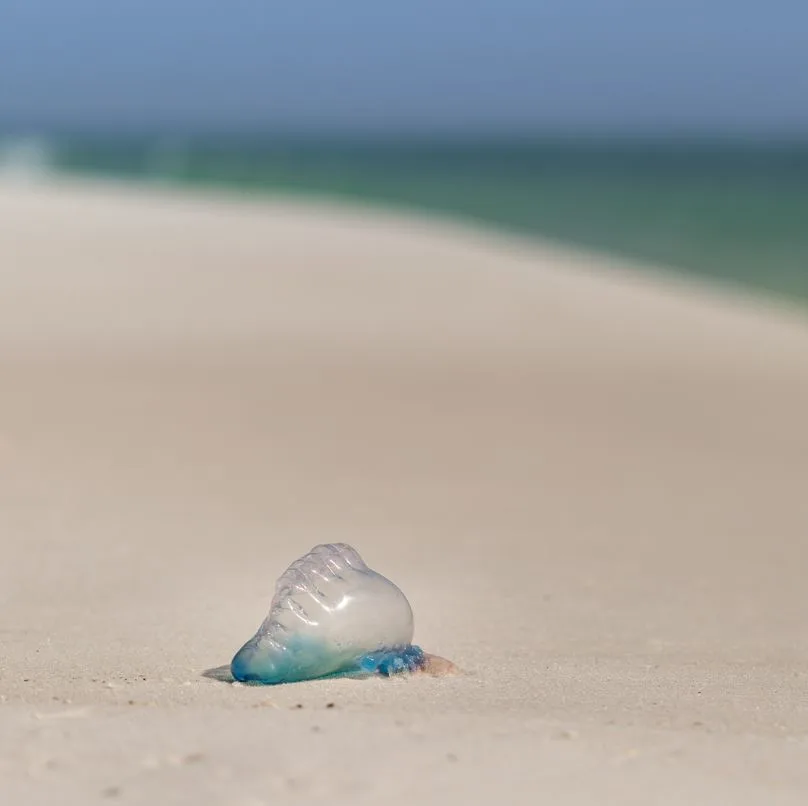
Jorge Alonso Meza, coordinator of the local Zofemat, the federal government branch responsible for the care of beaches, urged tourists to learn the meaning of the flags that they may find waving on beaches. To ensure that safety precautions are followed when heading out to Cabo beaches. He also made it clear that tourists who feel that they are stung should seek the help of the life guards that are on duty. Instead of trying to relieve their pain through other methods such as urinating on the wound. A common recommendation for jellyfish stings. Jorge Alonso Meza mentioned,
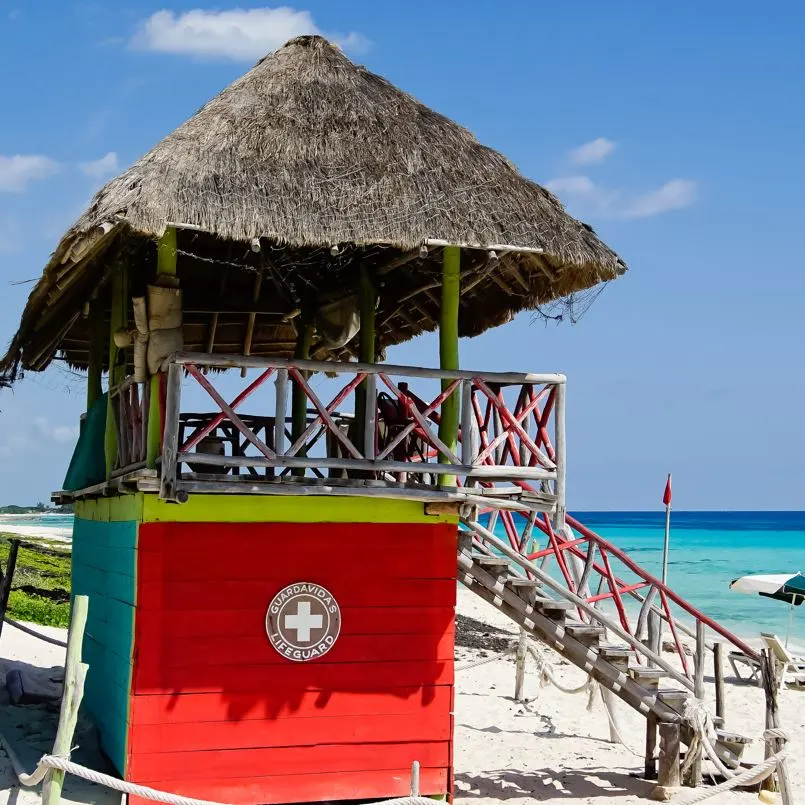
“The white flags are there to signal the presence of jellyfish. We ask that people who arrive at local beaches and spot these flag refrain from entering the water to avoid any type of accident with these animals”
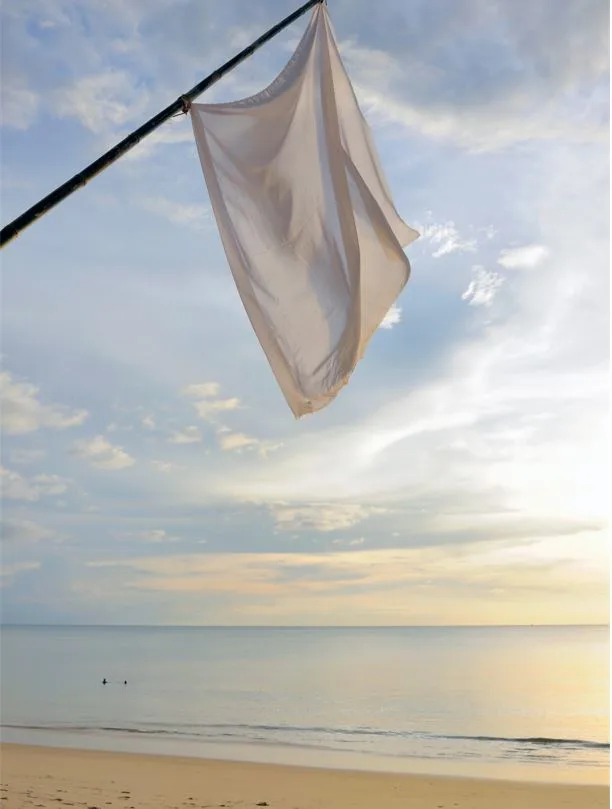
Cabo Beaches With The Highest Number of Incidents In The Last Few Days
The beach that has seen the highest number of incidents in the last few days has been “Acapulquito”. This beach is located in San Jose del Cabo, and it’s actually one of the more popular surf spots in the region. Perhaps one of the main reasons why more stings have been reported in that particular beach is because the people who are going out there are heading there strictly to hit the waves. In fact, it’s not just jelly fish that people have to worry about in Acapulquito. The presence of multiple types of sea urchins has also been reported in that area. Marine life is certainly making it difficult for tourists and locals to take advantage of the waves.
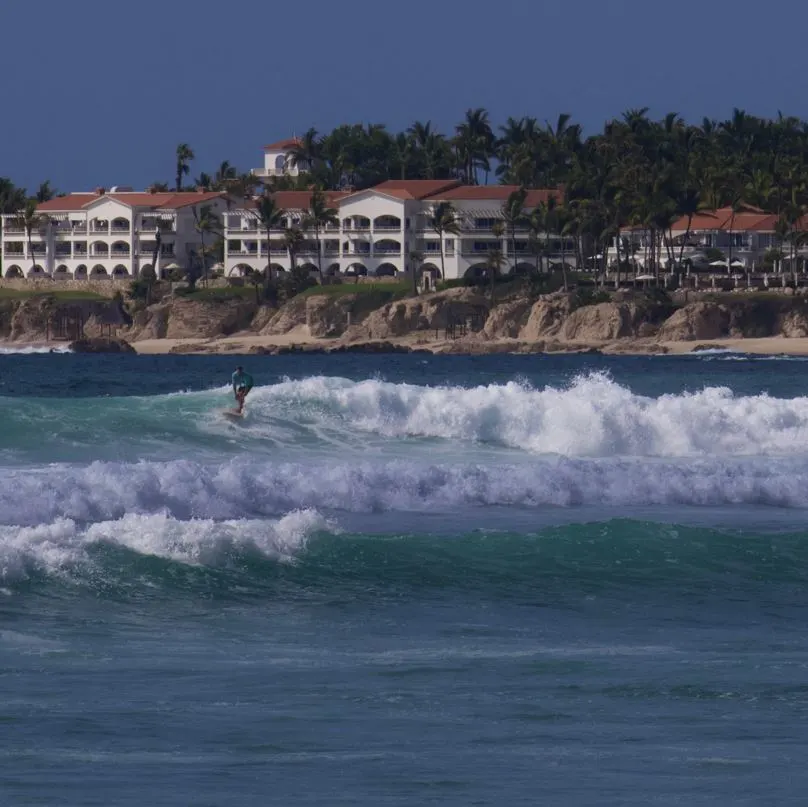
The jellyfish issue seems to have extended to other beaches within the main tourism corridor over the last few days as well. With incidents of beachgoers being stung reported in the following beaches: Palmilla, Medano, Chileno, and Corsario. Many of these beaches are located up north from the Los Cabos arch. These are essentially the beaches in the main Cabo San Lucas hotel zone. That’s why Jorge Alonso Meza is warning tourists to be on the lookout for the white flags.
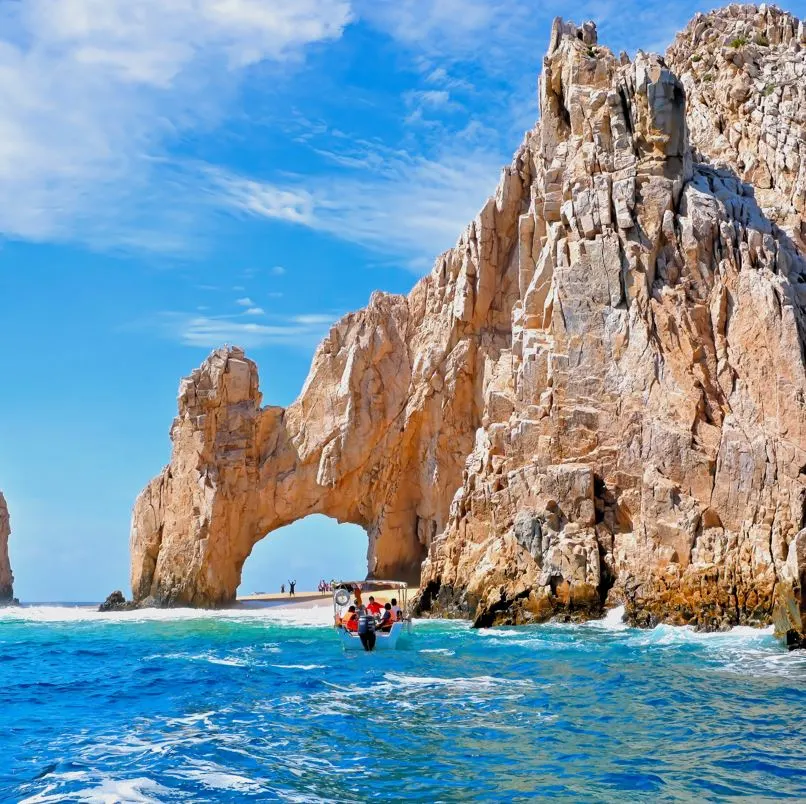
What To Do If You’re Stung By A Jellyfish On Cabo Beaches
As previously stated, the main recommendation that authorities have put out there is to reach out to a lifeguard on duty for help if you or your companions are stung by jellyfish. Lifeguards on duty at Cabo beaches are equipped with the necessary medications to be able to tend to these types of injuries.

Plus, the beach safety personnel have vast experience dealing with these types of incidents. That’s why it’s recommended that you reach out to them first. If anything gets too far out of hand they will be able to contact emergency services directly and potentially get a quicker response. For the most part though, these wildlife encounters are not life threatening. They can, though, be extremely uncomfortable to deal with.
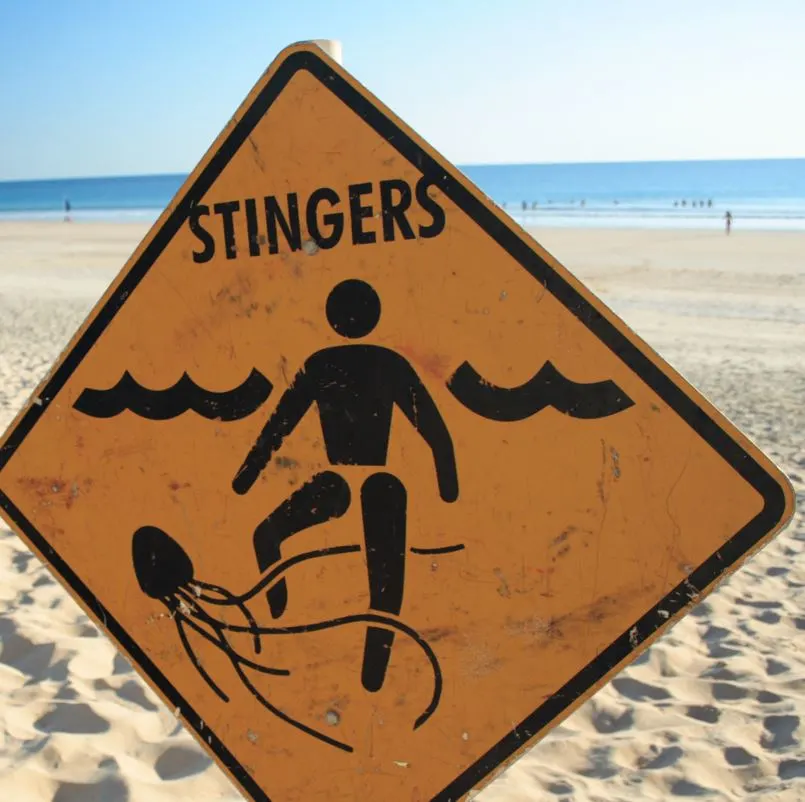
Speaking of discomfort, the main symptom that people who have been stung by jellyfish report is that sense of itchiness. Authorities recommend though that you refrain from scratching or trying to massage the area in any way after a sting. You want to make sure you avoid any type of friction in the affected area. As this can make things even worse for the person who has been stung.
